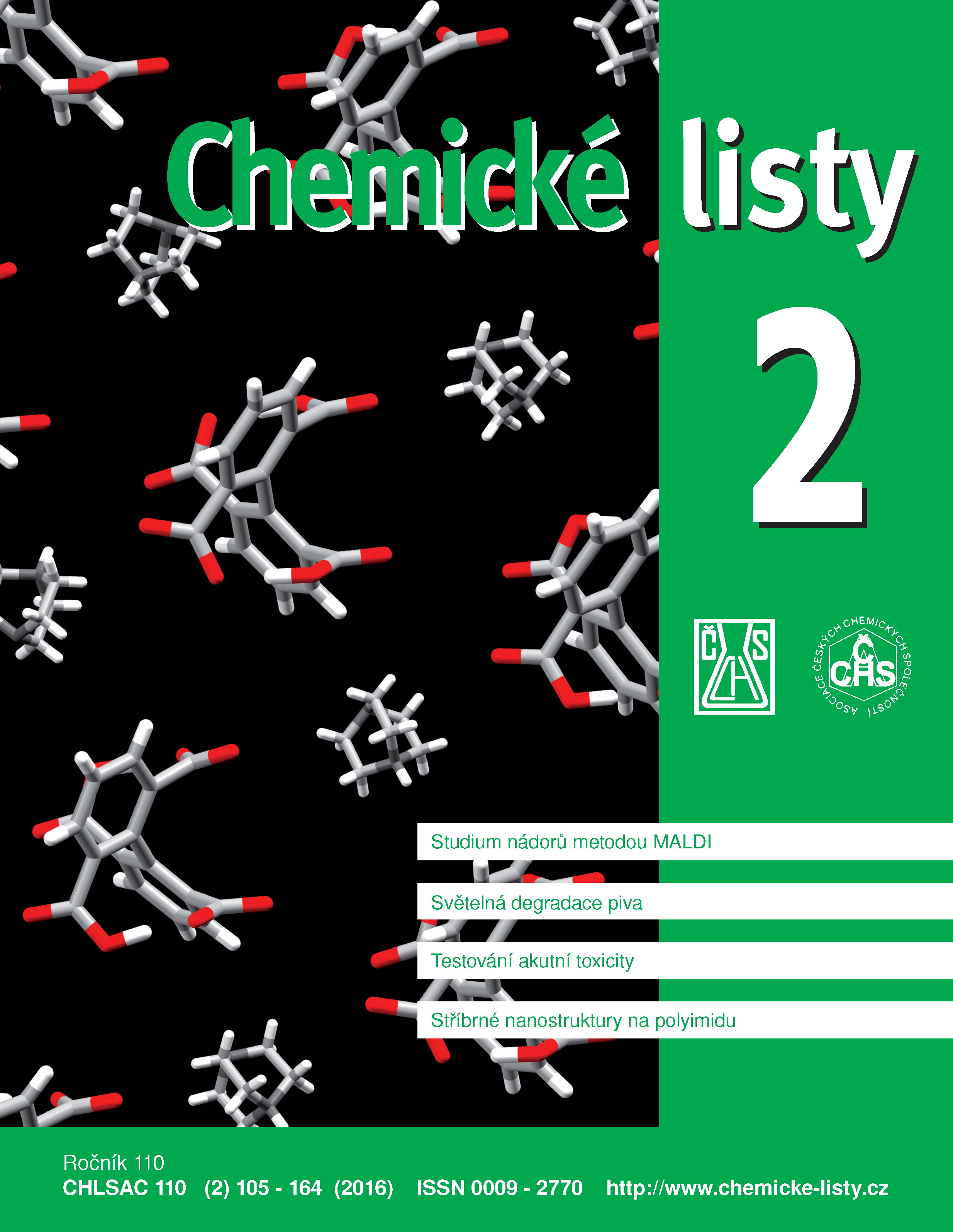Nový přístup při stanovení akutní systémové toxicity
Klíčová slova:
testování toxicity, akutní systémová toxicita, alternativní metody, in vitro metody, koncept 3RAbstrakt
This paper provides a brief overview of alternative methods in acute systemic toxicity and focuses on their position in the modern human health risk assessment. Current traditional toxicity testing strategies rely primarily on the observation of adverse health responses in homogeneous groups of animals exposed to high doses of a test agent. However, human reaction to chemicals often differs from that of animals and the animal-based methods are quite expensive, not suitable for high throughput testing and, last but not least, they are ethically controversial. The current advances in science have led to the formulation of a new strategy in human risk assessment based on methods that will be cost effective, with a higher throughput, and will be more comparable to real-life exposures in humans; moreover, they will significantly reduce the number of animals needed for testing. So far, the validated in vitro methods are used to estimate starting doses for acute oral lethality assays, which could potentially reduce animal use by as much as 50 %. They are also useful for determining the skin penetration of a substance and for assessing hematotoxicity. Currently, there is none of the in vitro alternative methods or their combinations which could fully replace in vivo methods for acute systemic toxicity. However, they play an essential role in the prediction of acute systemic toxicity, mainly in tiered-based screening and testing strategy. A promising tiered-based strategy consisting of a test battery assessing basal cytotoxicity, hematotoxicity, neurotoxicity, metabolism and biokinetics was suggested and pre-validated within the ACuteTox project. The whole testing strategy still needs to be validated to fully replace current classical acute toxicity testing approach based on in vivo assays. Despite hopes driven by these new strategies and approaches, the whole process of changes in routine toxicity testing is at the very beginning stage and will be long and hard. The future progress will show us if the expectations are reasonable and achievable, what are the main constraints and limitations and if they can be overcome.





